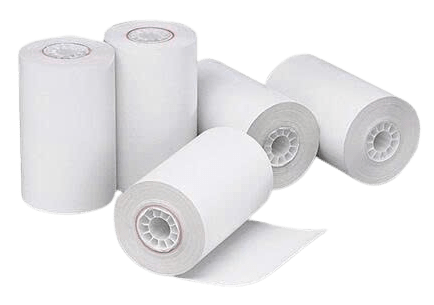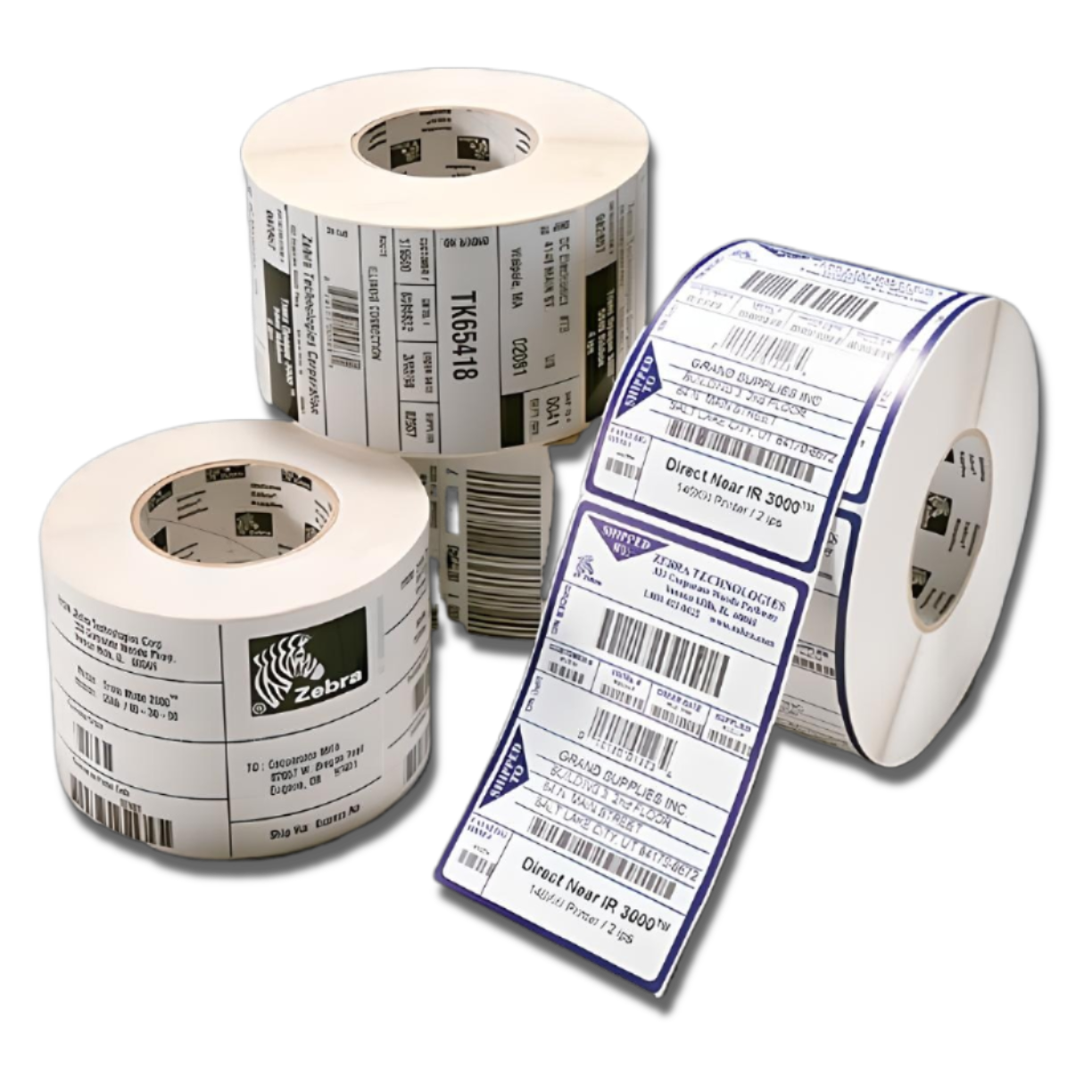
Information and important notes
- Food labels are one of the most powerful marketing tools, representing the professionalism and consistency of a brand. Don’t let your product be overlooked among competitors due to poor labeling.
- When food labels are circulated and used, they must meet various strict requirements.
- The colors and images on food labels must be truthful and not misleading in a way that distorts the nature, characteristics, or intended use of the product.
- Label content—including language, symbols, and graphic elements—must not imply, directly or indirectly, any connection to other products.
- Label durability and quality: Food labels must be long-lasting, have strong adhesive properties, be free from tampering or erasure marks, and most importantly, must not affect the quality or safety of the food itself.
- Building consumer trust: Products that are properly labeled are often seen as more reputable and trustworthy compared to unlabelled or floating products.
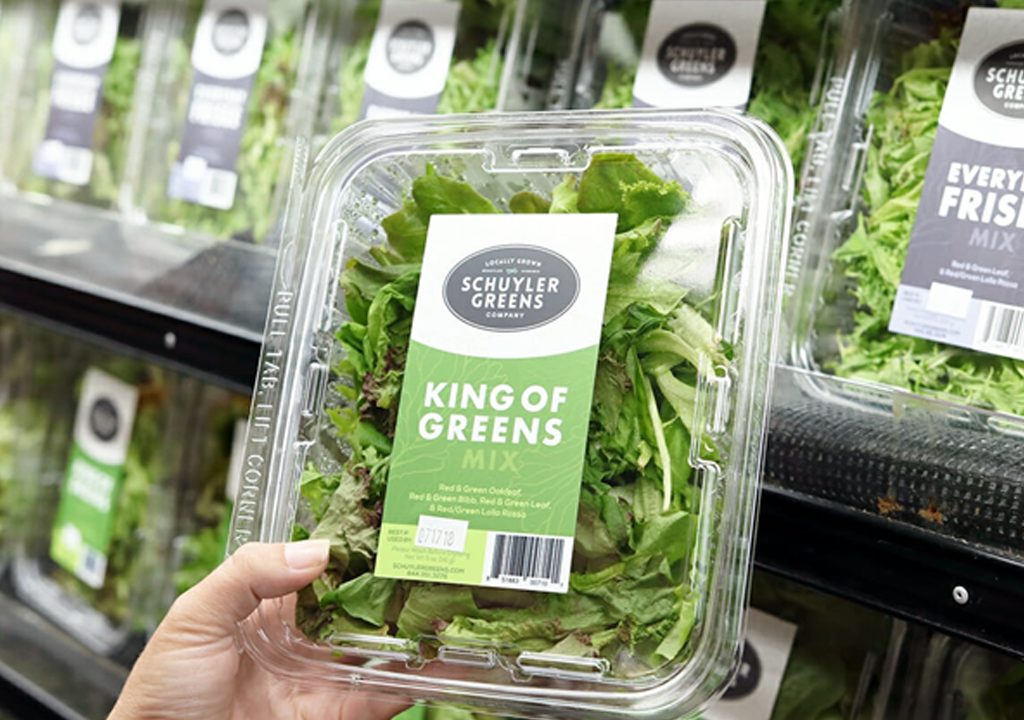
Important notes about food labels
- Depending on environmental conditions and the shelf life of the product, different label materials may be used.
Labels must be hygienic and safe, ensuring they do not affect the food once applied. - For short shelf-life products in normal storage conditions, businesses may opt for simple packaging such as nylon wrapping or even no wrapping at all—paper labels are commonly used in these cases and applied directly to the product.
- For products stored in cold or frozen conditions, paper labels are unsuitable due to high humidity, which compromises durability. Even though heat-resistant paper exists, the cost is high and may not be ideal for food applications.
In such cases, plastic film labels (e.g., BOPP, PE) are preferred for their excellent durability in varying temperatures and humidity, water and oil resistance, and non-reactive nature with food. These materials are commonly used for:- Cooking oil and vegetable oil labels
- Canned food labels
- Fresh meat and clean food labels
Some food products—especially those for export—are required to include traceability labels to ensure transparency from production to distribution. For imported goods, supplementary labels must be included in the local language to describe product composition, usage instructions, and other detailed information.
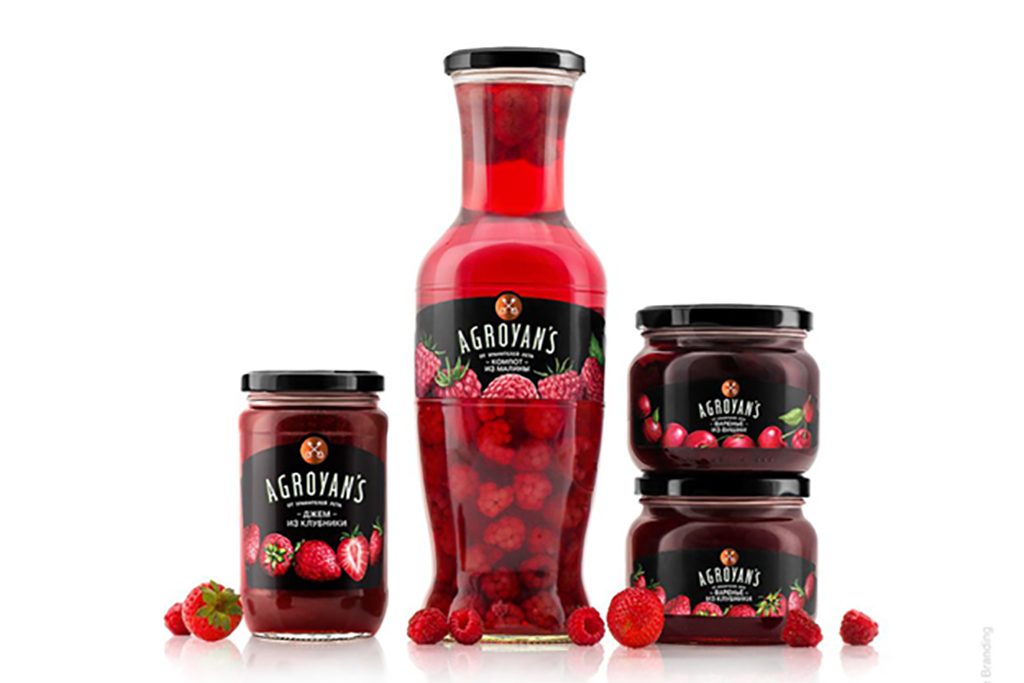
Label specifications and printing
Food labels can be die-cut into various shapes and sizes according to customer needs. They are usually printed in rolls, pre-cut for easy peeling and immediate use. Labels typically display product information, business details, expiry dates, and may include barcodes for efficient inventory tracking in supermarkets.
Label printing technology is diverse and should be selected based on the material and quantity needed. The goal is to ensure vibrant color, durability, and cost efficiency, while also guaranteeing food safety—meaning no contamination or harmful chemical impact from the label.
How to read food labels
Product name:
Clearly printed on both the front and back of the label to reflect the true nature and function of the food. The product name is often paired with the brand name for easy recognition. Products with similar ingredients may have different names depending on registration with relevant authorities.
Net quantity:
Indicates the exact weight, volume, or number of units in the package, usually displayed near the bottom of the packaging.
Ingredients:
One of the most critical components. It includes both main ingredients and additives (if any), listed in descending order by weight. This helps consumers choose the right food and avoid allergens or health risks—especially important for individuals with dietary restrictions such as diabetes or heart disease.
Target user group:
Some labels specify the intended audience, such as infant formula for ages 1–3, low-fat milk, or products for pregnant women or diabetics. Consumers should read this carefully to choose suitable items.
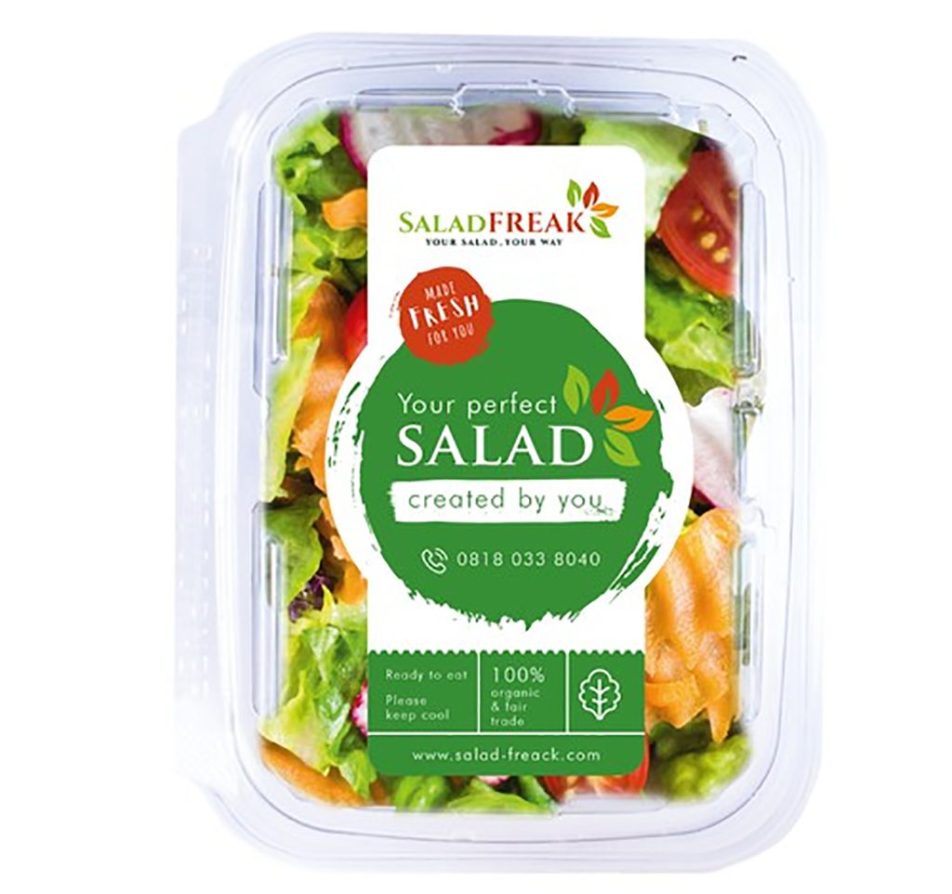

Storage and usage instructions
- How to store the product
- Manufacturing date, best-before date, and expiration date
- Country of origin (for imports), helping consumers easily identify products by nation
With label production certified to meet RoHS environmental standards, Nam Viet Barcode is committed to delivering high-quality, durable, and safe labels that meet European standards.
If you are in need of food label printing, please contact our hotline or reach out via the appropriate branch number or chat box for consultation.






